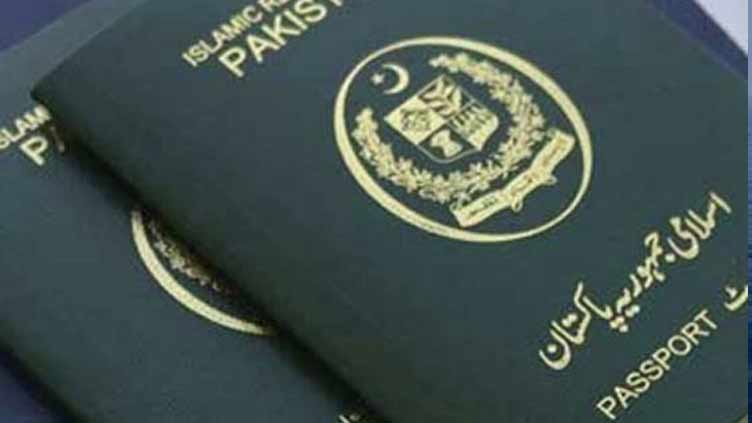Passports are not merely travel documents; they buy swiss passport online are symbols of identity, sovereignty, and security. However, in the age of globalization and advancing technology, the proliferation of fake passports poses a significant challenge to border control agencies worldwide. This article delves into the intricate differences between fake and genuine passports, shedding light on the methods used to create counterfeits and the measures employed to detect them.
Understanding Fake Passports: Fake passports, also known as counterfeit passports, are fraudulent replicas of genuine travel documents. These documents are often created with the intent to deceive immigration authorities, facilitate illegal immigration, or engage in criminal activities such as human trafficking or terrorism. The methods used to produce fake passports vary, ranging from sophisticated digital forgery techniques to manual alteration of genuine documents.
Common Techniques Used in Passport Forgery:
- Digital Forgery: With advancements in graphic design software and printing technology, counterfeiters can create remarkably convincing replicas of genuine passports. They may use high-resolution scanners to capture images of genuine passports and then digitally alter the information to create counterfeit documents.
- Document Manipulation: Some counterfeiters resort to manual alteration of genuine passports by changing personal information, such as the photograph, name, date of birth, or passport number. This method requires skill and precision to avoid detection.
- Identity Theft: In cases of identity theft, counterfeiters obtain genuine passports belonging to other individuals and use them fraudulently. This may involve stealing passports, obtaining them through fraudulent means, or exploiting loopholes in the passport issuance process.
Detecting Fake Passports: Border control agencies employ various techniques and technologies to detect fake passports and identify fraudulent travel documents. These include:
- Document Authentication: Border officers are trained to inspect passports for security features unique to genuine documents, such as holographic images, ultraviolet (UV) features, and special printing techniques. These features are difficult to replicate accurately in counterfeit passports.
- Advanced Technologies: Many countries utilize advanced document verification systems equipped with optical character recognition (OCR), biometric verification, and machine-readable technology to authenticate passports and detect anomalies.
- Training and Expertise: Border control officers undergo rigorous training to recognize signs of passport tampering, document forgery, and suspicious behavior exhibited by travelers. This expertise plays a crucial role in preventing the entry of individuals using fake passports.
The Consequences of Passport Fraud: The use of fake passports can have severe legal consequences, including arrest, deportation, and criminal prosecution. Additionally, individuals involved in passport fraud may face travel bans, financial penalties, and damage to their reputation. Moreover, passport fraud undermines national security efforts and poses risks to public safety by enabling criminals and terrorists to circumvent border controls.
Conclusion: Distinguishing between fake and genuine buy swiss passport online passports requires a combination of advanced technology, expert training, and vigilant inspection. Border control agencies worldwide continue to enhance their capabilities to detect and prevent passport fraud, safeguarding the integrity of travel documents and preserving national security. As travelers, it is essential to comply with passport regulations and cooperate with authorities to ensure safe and lawful international travel.

